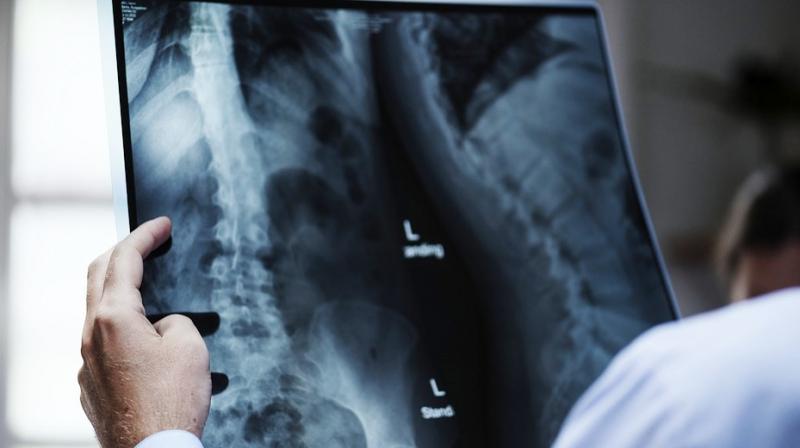World Ankylosing Spondylitis Day: Detect the early symptoms
Often mistaken as common backache, any pain or stiffness in the lower back could be Ankylosing Spondylitis.

Suresh (name changed upon patient’s request) first experienced acute pain in his neck five years ago. One and a half year post the episode, Suresh started suffering from consistent and excruciating pain in his lower back. He consulted a doctor but was unable to receive an ensured diagnosis because his scans and X-rays appeared to be normal. Suresh continued to experience early morning pain and stiffness in his lower back.
As his turmoil with pain continued, Suresh was unable to carry out routine tasks. At just 23 years of age, he faced discrimination and bullying from friends and family members, who labelled him ‘lazy’. His inactivity and unwillingness to perform tasks, was associated with him being overweight. Frustrated by the physical pain and discrimination, Suresh was forced to change jobs. At the time, even taking 2 painkillers a day only went so far in helping him.
Desperate for quick relief, Suresh consulted an orthopedician. Upon the doctor’s advice, he underwent an MRI Scan which revealed Ankylosing Spondylitis. While the orthopedician recommended certain exercises to help Suresh stay active on a daily basis, he was also asked to visit a Rheumatologist to help curb further structural damage to his spine in the long-term. ‘Structural damage progression’ occurs when delay in diagnosis and treatment can lead to a bend in the spine and neck to an extent that it may become impossible for one to lift their head high enough to see forward.
Fortunately for Suresh, he sought timely consultation with his rheumatologist who advised him to start treatment with a certain category of biologics. The treatment through biologics helped slow down structural damage progression. Today, Suresh is able to successfully go about his daily life at the workplace and at home.
Ankylosing Spondylitis (AS) is an irreversible, inflammatory and autoimmune disease that affects the spinal cord. Also known as arthritis of the spine, an overgrowth in the spine’s bones causes them to fuse together to form a rigid spine.
Often mistaken as common backache, any pain or stiffness in the lower back which occurs for 30-45 minutes after waking up and lasts up to 90 days or more, could be AS. The condition can affect anyone, but it is most commonly found in men, in their late teens or between their early 20s to 30s.
When Ankylosing Spondylitis is left untreated, it leads to back stiffness resulting in significant physical disability. Unfortunately, in India due to lack of public awareness of this disease, patients often seek consultation from a Rheumatologist 6-7 years after the onset of the disease. By this time, patients have suffered significant physical disability. Early treatment will prevent disease progression and patients will experience a good quality of life.
The most common challenge in AS is the patient’s focus only on pain relief. While painkillers and exercise help manage the condition to a certain extent, effective treatment options such as biologics can help significantly slow down structural damage progression. Delay in diagnosis and effective treatment may even result in patients’ becoming wheelchair bound. Therefore, it is important for one suffering from AS to consult a rheumatologist and find out about effective treatment options. Apart from medical treatment, strong support from loved ones and immediate friends and colleagues helps improve the patient’s quality of life.
*Disclaimer: The article has been provided by Dr S. Ramakrishnan, Senior Consultant Rheumatologist, Apollo Hospitals, Chennai. The opinions expressed in this article are the personal opinions of the author. The facts and views appearing in this article do not reflect the views of Deccan Chronicle and Deccan Chronicle does not assume any responsibility and liability for the same.

